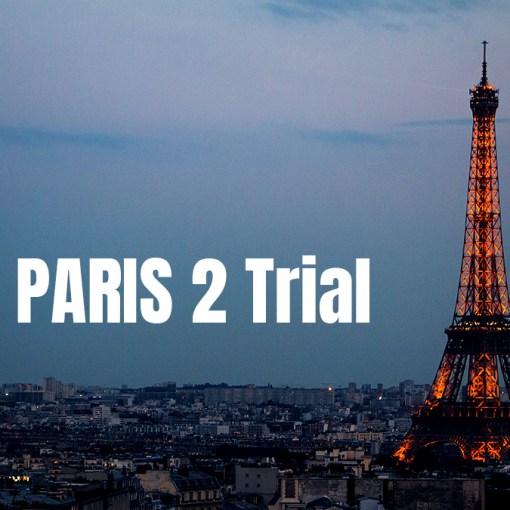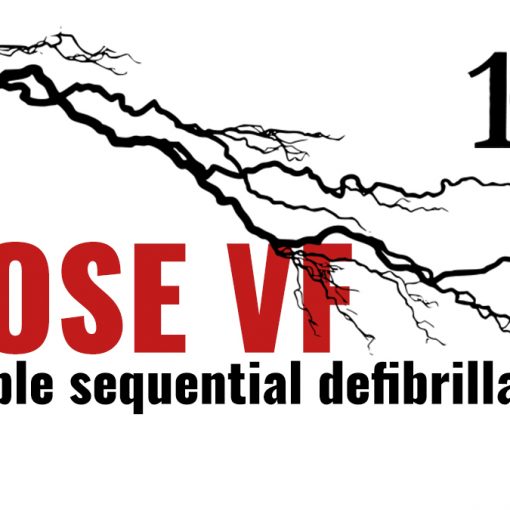The AHA released an incredible scientific statement that goes through a ton of information on the use of education in improving outcomes from cardiac arrest. Really, the stuff they are discussing here applies to all of medical education, and anyone involved in teaching should probably read it. However, it is a bit of a long read, so I thought I would pull out some of my favourite points. (Thank you again to Victoria Brazil for sending this article my way as part of our SMACC journal club).
The paper
Cheng A, Nadkarni VM, Mancini MB, et al. Resuscitation Education Science: Educational Strategies to Improve Outcomes From Cardiac Arrest: A Scientific Statement From the American Heart Association. Circulation. 2018; 138(6):e82-e122. [pubmed] [free full text]
My Highlights
Deliberate practice
I was biased to like this paper right from the outset. They talk about a lot of the concepts I have talked about before, both in my Performance Under Pressure post, and the post on Making it Stick, among other places. They remind us that it takes more than simple repetition to develop mastery. “Perfect practice makes perfect.” Deliberate practice requires not just repetition, but coached practice that involves assessment, immediate feedback addressing weaknesses, and specific exercises to target improvement. However, they do note that deliberate practice is instructor intensive, and much more fatiguing than current methods.
I also love that they suggest overlearning as a valuable medical education tool in resuscitation (which is discussed more in the Performance Under Pressure post).
Spaced learning
Unfortunately, the human brain is imperfect, and information learned in the short term does not always find its way into long term memory. In fact, the vast majority of information we process is forgotten. It has always been easy to pass the short test at the end of a 2 day ACLS course, but the authors recognize that this doesn’t necessarily translate into long term learning. Instead, they suggest shorter but more frequent learning sessions, as well as taking advantage of learning opportunities in the clinical environment. (One of my primary goals in setting up an interdisciplinary simulation program was to allow for frequency ACLS practice, ultimately eliminating the need to pay for that silly course.)
Contextual learning
A core concept is education is that teaching must be applicable to each learner’s real world scope of practice. We only learn when the content is relevant to us (and we are therefore motivated to learn). Unfortunately, this is something I have probably failed at many times when trying to teach resuscitation to family medicine residents. The key point is that learning needs to be tailored to the needs of the learner.
They also remind us that “high fidelity” in simulation does not necessarily mean good education. You should use the features of the mannequin required for your specific educational goals.
Stress in simulation
They tell us not to be afraid of stressing our learners. Stress can enhance learning, although probably only if the stressor is related to the topic being learned.
Feedback and debriefing
They emphasize the need for prebriefing to create a safe learning space, which is especially important considering the evidence cited indicating that feedback has negative impacts on learning in ⅓ of studies, especially when it threatens self-esteem or conflicts with the learner’s current self-assessment. Debriefing should be tailored to the needs and levels of the learner, and can be helped with objective data, such as measurements of CPR quality.
Assessment
The authors remind us that we should be measuring what is important, and not just what is easy. (This lesson probably applies clinically as well. For example, if you want to rule out septic arthritis, send the knee aspirate, not a serum white blood cell count.) Contrary to the traditional model of a single assessment at the end of an education session, the authors emphasize that assessment can drive learning, and should be integrated throughout.
Innovative educational strategies
I love this section, if only because I wouldn’t expect social media to get a mention in an official AHA document. (It clearly deserves it, as it is an excellent educational tool, if used correctly.) They specifically say, “use today’s blogs and podcasts over yesterday’s textbooks.” They also bring up the idea of “gamification”, or using aspects of gaming to make learning stick.
Medical education outcomes
If you are going to study education, you have to think about what outcomes you are hoping to achieve. Although academics will likely be familiar with the scheme discussed here, others won’t be, and I think it is worth considering. Level 1 educational outcomes (the lowest level) look at satisfaction and reactions of learners to educational interventions. Level 2 determine whether learners actually learned anything. Level 3 looks to see if that new knowledge actually gets translated into practice (new clinical behaviours). Level 4, the ideal, is seeing clinical outcomes, such as morbidity or mortality, change as a result of medical education. Although not directly applicable to most of us, I think these outcomes are worth keeping in mind when teaching.
Knowledge translation
It can take a long time for high quality research to make its way into clinical practice. They note that the 2015 ACLS guidelines took between 49 and 750 days to find their way into new ACLS training, let alone standard clinical practice. Passive knowledge translation (just getting information out there and hoping people find it on their own) is generally not effective and active techniques should be considered instead.
I also love the mention of using design thinking to make sure the that correct thing is also the easiest thing to do. (For example, simply putting hand washing stations near the doors of patient rooms significantly increases hand hygiene compliance.)
I hadn’t encountered the Beckhard formula for change theory before. Change is only likely to happen if dissatisfaction with the status quo, vision, and first steps outweigh resistance to change.
Particularly important when it comes to ACLS, “resuscitation knowledge translation has focused on the adoption of new guidelines, but history has shown that perhaps the greatest changes come from deadopting current practices that may be neutral or harmful.”
Conclusion
This is mostly a random collection of thoughts on education. The full article is a long read, but probably worth it for most people involved in education, because there are a lot of great concepts covered.
Like emergency medicine, evidence based medicine, resuscitation, or medical education? I am certainly biased, but I think you should follow this blog:
Morgenstern, J. Medical Education: A scientific statement from the AHA, First10EM, April 7, 2019. Available at:
https://doi.org/10.51684/FIRS.8333






2 thoughts on “Medical Education: A scientific statement from the AHA”
AHA: ” Resuscitation knowledge translation has focused on the adoption of new guidelines, but history has shown that perhaps the greatest changes come from deadopting current practices that may be neutral or harmful. ”
Also AHA: “Keep giving epi”*
*Okay, to be fair they say it may be reasonable to give it, but you get the point.
You win for my favorite comment on the website thus far.